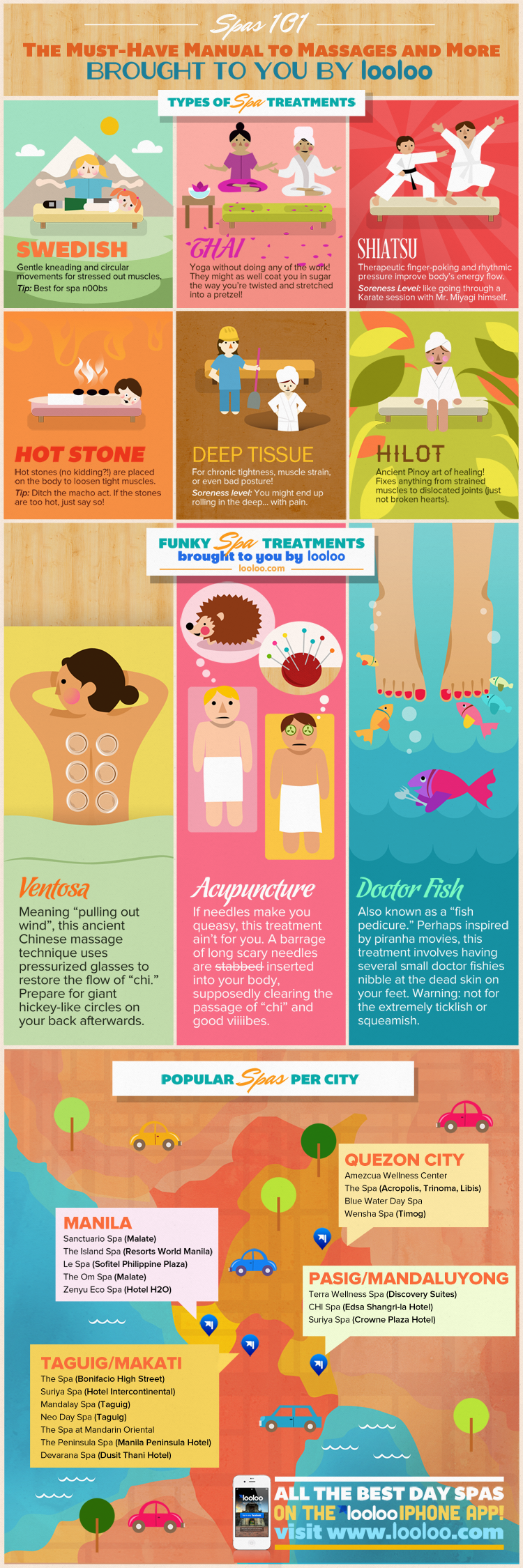If You Are In Need Of A Great Sports Massage Therapist See These Tips
If You Are In Need Of A Great Sports Massage Therapist See These Tips
Blog Article
DIY Sports Massage Therapy Techniques
Athletes are constantly looking for the next side to increase efficiency. Massage is one of the most effective tools available to achieve this goal.
The best methods can decrease muscle stiffness, help recuperation and aid professional athletes train harder. Find out just how to use sporting activities massage therapy as a part of your athlete's overall training and recovery strategy.
Foam Roller
Using body weight to apply stress to muscular tissues and "knots" (or cause factors), foam rolling is a self-myofascial release method that's a low-cost option to seeing a sports massage therapist. This self-massage tool can help to lower muscle tightness and discomfort, in addition to accelerate healing after intense workout.
Foam rollers are cylindrical devices that vary in size, shape and foam density. They're a prominent addition to training and recuperation routines of athletes, weightlifters, joggers, bikers, swimmers and other fitness fanatics.
Picture your very first sports massage therapy customer is a competitive swimmer. They're about to contend for their lifelong imagine mosting likely to the Olympics. They involve you with imbalances and muscular tissue rigidity triggered by extreme training. Your knowledge and ability are mosting likely to be essential in helping them reach their goals. Supplying a wonderful experience will maintain them coming back and assist you develop your company. Preferably, you should be able to give them with certain strategies personalized for their sporting activity.
Deep Cells Massage Therapy
In a sport that requires rapid reactions and accurate motions, having strong joints and muscular tissues is critical. When these are tight, they can hinder activity and rise risk of injury.
Deep tissue massage can aid boost muscle mass function and range of movement, break up attachments or mark tissues, and decrease discomfort by increasing oxygen and nutrients in the location. It can likewise assist relieve anxiety and stress in the muscular tissues, which may reduce general soreness.
For instance, a research study of a sporting activities massage therapy on the lower arms of a pickleball player showed boosted hold stamina and reduced forearm soreness, which in turn resulted in greater performance. However, the athlete should always be in interaction with the specialist to make sure that the massage therapy is not agonizing. The specialist will certainly change the pressure and strategy as required to keep the athlete safe, comfortable and in optimal condition for athletic performance. They should also be urged to moisten and consume well after the massage therapy to advertise healing.
Trigger Point Therapy
Trigger points are knots of limited, strained muscle cells. They create discomfort in the locations where they are located and also limit the series of activity of surrounding muscles. Trigger factor treatment uses hand-operated pressure to the trigger points in order to unlock them and ease stress. This is completed via myofascial release. Fascia is a sheath-like, coarse tissue that encloses bone and joint structures. It is normally pliable and versatile, however with tension, injury, poor position, and lack of hydration and sleep, the fascia can stiffen and limit motion.
Over 80% of individuals will certainly experience the very same pattern of pain referral from a single trigger factor, so it is easy for a massage therapist to pinpoint precisely which muscle mass require therapy. The goal is to work up to the point where the muscle starts to shiver and release the tension, but not overdo it so as not to trigger unnecessary pain. The strength needs to be a "excellent hurt." During the therapy, the massage therapist might use their fingers and thumbs to really feel the trigger points.
Jostling
Jostling is a massage therapy method in which the muscular tissue is clutched at the point of beginning and trembled importance of hydration after a sports massage gently. It relaxes the muscle and it is asserted to lower the stretch response.
Jostling and other rubbing methods are used to break down attachments in muscle mass tissue. These adhesions take place as a result of muscular tissue fibers sticking during the inflammatory recovery process and they can stop muscles from acquiring normally. By lowering bonds and raising versatility, sporting activities massage helps athletes execute at peak level and remain injury totally free.
The physical effects of sporting activities massage therapy include boosted temperature, enhanced blood circulation and improved muscular tissue healing and adaptability. This combination of advantages makes sporting activities massage an indispensable part of any type of professional athlete's training and healing program. It helps them prepare for a competition or a large event, help in the recovery after an occasion and enhances efficiency during training. Preferably, sports massage therapy ought to be done a minimum of a day or 2 prior to a big race to make certain that the muscular tissues are totally healed and all set to go.